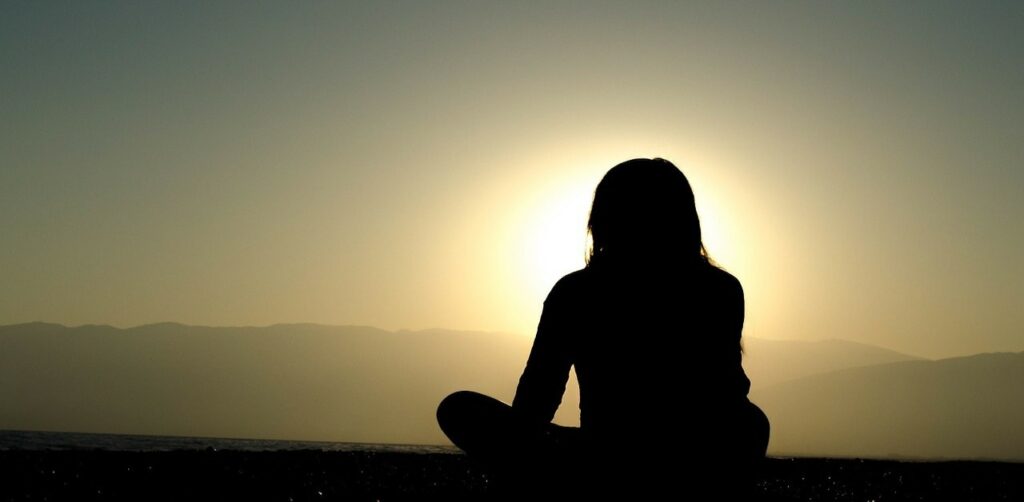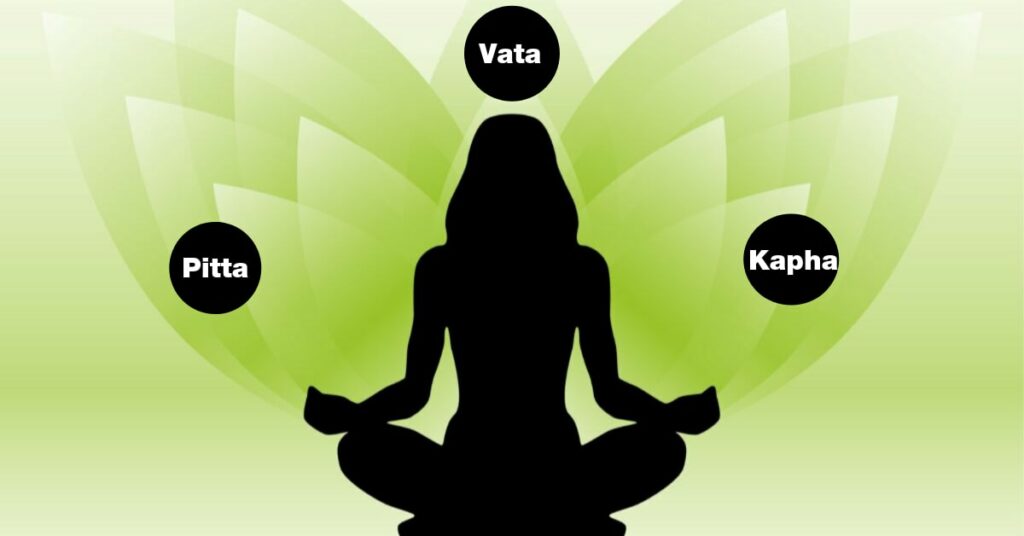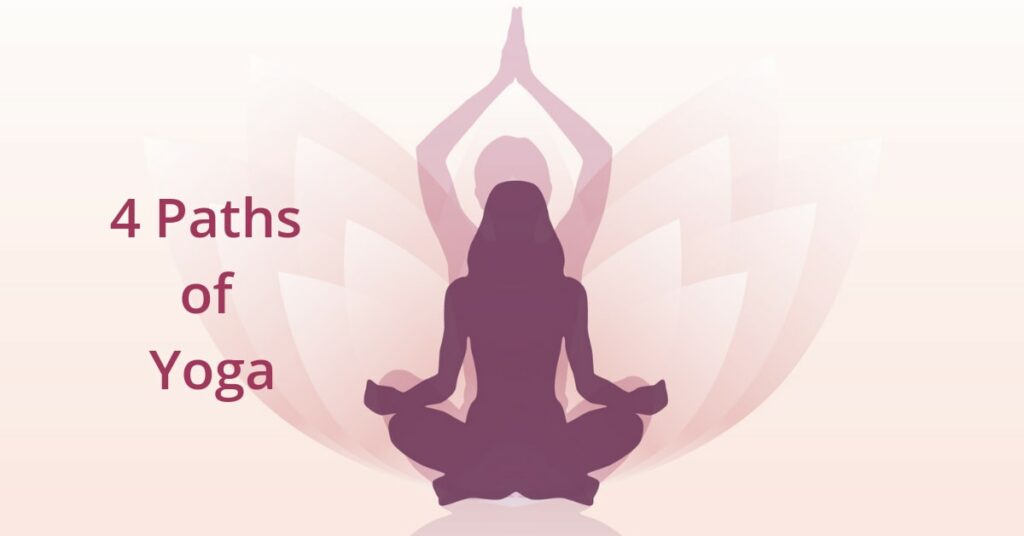What is Raja Yoga
योग: कर्मसु कौशलम्\’ is what Bhagavad Gita preaches as one starts to delve within the depths of yoga. Yoga has been a classical way of living since the beginning of time. Some say, it has been passed on by Adi nath to his disciples while some believe it was embedded deep into the traditional Indian […]




